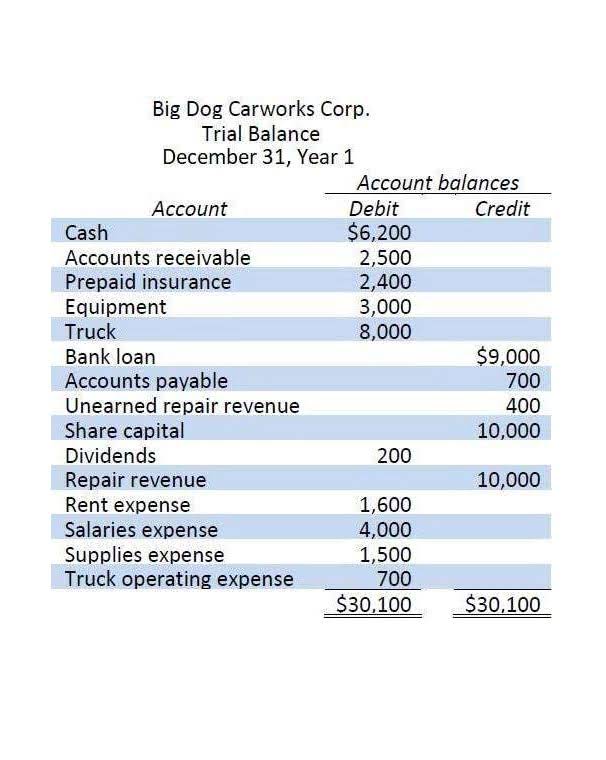
Many, or all, of the products featured on this page are from our advertising partners who compensate us when you take certain actions on our website or click to take an action on their website. We believe everyone should be able to make financial decisions with confidence. Join over 1 million businesses scanning receipts, creating expense reports, and reclaiming multiple hours every week—with Shoeboxed. Join over 1 million businesses scanning & organizing receipts, creating expense reports, and more—with Shoeboxed.
Best Financial Reporting Software in Malaysia 2024

First of all, it’s important for running a retail business effectively. Knowing different methods for tracking inventory costs and managing sales can improve workflow and help salespeople tackle a variety of tasks. Second, it allows accountants retail accounting vs cost accounting to spend less time on routine tasks and more time analyzing problems and advising on business growth. Running a successful retail business requires more than just an eye for great products and a knack for customer service.
Let’s Take Your Bookkeeping to the Next Level!
Of all the inventory costing methods, LIFO is beneficial if the front of the store or the first products on shelves holds the most recently purchased inventory. Additionally, suppliers are allocating key cost components, such as freight, to the item level eliminating the need to use the retail method to allocate these lump sum costs. With these advances in transaction processing, most retailers now use the cost method of accounting.

How to Calculate Inventory Holding Cost
- In an uncertain economic climate, it’s important to understand all the accounting options at your disposal.
- If you sold 120 of them, the cost of goods sold was $24, and you have $16 for the ending inventory.
- A retail business owner has to understand that the numbers these methods provide will not be as accurate as a physical inventory count, but they will save time.
- Yet, depending on your business model, one approach may be preferable.
- By automatically generating accurate P&Ls, reconciliation, and routine tasks, you have all the necessary information to make important business decisions in minutes.
- This means that your ending inventory value will reach an estimated $50.
- Using the specific identification method, the cost of that specific ring would be tracked individually in your inventory records until it’s sold.
Fortunately, there are plenty of options for maintaining pristine financial records, freeing businesses of every size from having to do so manually. There are bookkeeping services or software options that work best with cash-basis accounting. The retail method of accounting can be helpful for multi-location retailers because it allows for fast, consistent inventory tracking.
- We showed how each method has its own benefits for different business needs.
- The same may be true for ongoing relationships with vendors with whom you do business.
- Cost accounting method is another method that retail stores can use, but it’s slightly different from retail accounting and has its own advantages.
- He owns Genuine Communications, which helps CMOs, founders, and marketing teams to build brands and attract customers.
- Take this number and subtract the sales total multiplied by the percentage, and subtract it from the cost of goods sold to get the ending inventory total.
- The retail method is a quick and easy way of estimating ending inventory balance.
Is inventory based on cost or retail?
This method is used by a company’s internal team to make informed decisions about business operations. Retail accounting counts the cost of inventory relative to the selling price. In an uncertain economic climate, it’s important to understand all the accounting options at your disposal. The retail method can make it easier for companies to value their inventory and prepare interim financial statements. Although cost accounting method can provide better accuracy, it usually requires more complex calculations.
- This part explains how to calculate inventory costs using the cost method.
- Any changes in the accounting method you use must be approved through the IRS, generally by filing Form 3115.
- This inventory-tracking method requires you to manually count and track inventory periodically, such as weekly or monthly.
- Some common methods for valuing and counting inventory are First In, First Out (FIFO); Last In, First Out (LIFO); and Weighted Average Cost.
- It’s also convenient since you don’t have to physically count inventory every time.
- The main advantage of retail accounting is how easily it sets inventory prices to match what customers pay.
However, the accrual method accounts for earnings the moment they are owed to you and expenses the moment you owe them; it does not matter when your money enters or leaves your account. https://www.bookstime.com/articles/accounting-for-churches That is important, as receiving or sending payment is not always immediate. If you’re a retailer, you likely use at least a couple of the methods we’ve discussed in this article.
Inventory Accounting Part One
First In First Out This method uses the cost of your oldest inventory when the sale is made. Even though the actual item shipped to the customer may not be the same physical item that was first delivered, the value assigned to it must be correct. A retailer’s inventory cost is the cost to purchase the items from a supplier plus any other costs to get the items to the retailer. He has a CPA license in the Philippines and a BS in Accountancy graduate at Silliman University.

- HashMicro Accounting Software emerges as the best solution, transcending these limitations with its advanced features and automation capabilities.
- You know you sold 50 dice, so you match the number of items sold to the average cost of 7 cents, which is a total of $3.50 for the cost of goods sold and $1.40 for ending inventory.
- This popular method estimates the cost of ending inventory based on the average cost of goods sold throughout a specific period.
- This brings us back to inventory valuation methods, including retail accounting.
- Instead, you can set up a smart auto-tracker in the background to instantly enter all changes into your ecommerce accounting software after a sale.
- Doing so can save you time at the end of the year when you’re preparing tax statements, and it helps you keep track of your revenue and profits.
- Cash-basis accounting documents earnings when you receive them and expenses when you pay them.
Apart from the retail method, there are three primary cost accounting methods to value inventory – first in first out, last in first out and weighted average cost. The Internal Revenue Service allows retail businesses to use either the direct cost method or the retail inventory method for tax-reporting purposes. Based on the method selected, there can be significant differences in valuation. Cost accounting is useful for making internal business decisions that improve a company’s production process, especially for larger businesses with more expenses.
Understanding the weighted average cost approach

The IRS allows you to use any method you want to value your inventory for tax purposes. The caveat is, once you choose a method you have to stick with it, unless you get permission from the IRS to change your costing method. This rule is in place to keep business owners from “gaming the system” by frequently switching costing methods to get the best tax advantages. Each type of fiber costs a different amount, and certain knitting needles are more expensive than others. However, you have chosen to use a keystone markup strategy, so you know you have a 50% markup on all items, regardless of what they are. Some of the balls might have been purchased at $0.10 each, and some at $0.12 each.